Agenda |
Tuesday, November 6, 2018
07:30 - 08:30 Registration and Continental Breakfast
08:30 - 09:00 Microgrid Markets, Trends, Drivers and Opportunities

|
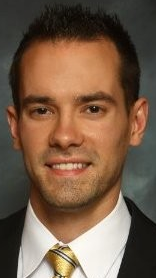
|
09:00 - 10:15 Potomac Electric Power Company's Microgrid Proposal in the State of Maryland - A utility perspective for the opportunities and challenges in advancing public purpose microgrids
In February 2018, Pepco submitted to the Maryland Public Service Commission, a proposal to construct two public purpose microgrids in each of the county in which the utility operates. The microgrids include a variety of identified participants including government facilities, grocery stores, gas stations and medical facilities which would serve the public during periods of prolonged outages. If selected, Pepco will present this proposal which was the result of nearly two years of working with representatives from each county to select the ideal site, identifying and conducting outreach with customers, developing a high-level engineering design and determining an appropriate mechanism for cost recovery.
Pepco will also present its efforts to develop a microgrid utilizing renewable energy, its rationale for the proposed ownership model, the challenge in valuing resiliency, and its reasoning for socializing the costs across all ratepayers. Pepco is currently awaiting an order/decision from the Commission, expected in August or September 2018. Pepco will incorporate a discussion of the Commission's findings in its presentation. Regardless of the outcome, the PSC's decision will serve as a framework for other utilities in the opportunities and challenges of developing public purpose microgrids.
Key Take-Aways:
- Developing a diversified mix of generation sources
- Public purpose microgrid policy issues - cost effectiveness
- Public purpose microgrid policy issues - operation and ownership of assets
- Public purpose microgrid policy issues - cost recovery

|
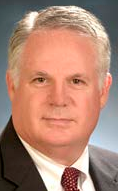
|

|

|
10:15 - 10:45 Coffee Break
10:45 - 12:15 Synergistic Microgrid Business Models
One of the challenges in developing community microgrids is how a combination of essential community facilities may be integrated into a microgrid in an economically viable manner. Unlike commercial microgrids that may easily justify paying a substantial premium for the reliability provided in the context of high value operations in a single facility, a community may not be able to afford to include a broad range of facilities into a microgrid. A synergistic microgrid business model may offer the potential to leverage a range of community assets (load and generation) where the varying characteristics of those assets enable the creation of an economically viable portfolio. A key aspect of a synergistic microgrid is to identify opportunities to enhance the value of a portfolio of resources by leveraging resource characteristics.
One example of such a synergistic microgrid would be the development of a community microgrid including electric vehicle charging facilities. The microgrid may or may not be commercially feasible excluding the vehicle charging facilities; however, due to the networked and programmable ability of the charging facilities and the price benefits of charging during the hours when rates are low or even negative (system over-generation), this type of microgrid provides a greater ability to arbitrage compared to an EV charging facility combined only with storage. Thereby, the value created by the whole microgrid (including the EV charging facilities) is greater than the sum of its parts.
The purpose of this panel is to explore and possibly identify such opportunities explicitly with the objective of providing examples where a combination of resources expands the value of the whole portfolio.



|

|
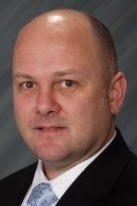
|
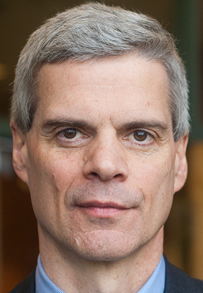
|

|
12:15 - 1:15 Lunch Break
1:15 - 2:45 Storage and the Microgrid: Challenges and Value


|

|
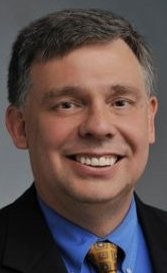
|
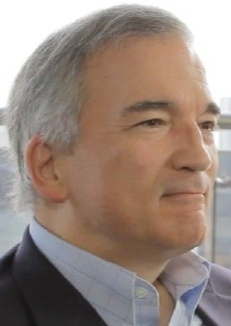
|
2:45 - 3:15 Coffee Break
3:15 - 3:45 Planning for the Future: The Nation's First Cyber-Secure Utility Microgrid at Ameren
Ameren is the first investor owned utility to use a microgrid to island customers on an active feeder. This is one of the few microgrids in the world that operates at utility-scale voltages and has multiple levels of control. This presentation by will discuss their decision making process and strategy for deploying a highly complex system.
The provides multiple sources of distributed generation, solar and wind power, energy storage, and advanced automation to support customer load. In the event of a power outage, the microgrid islands from Ameren's grid and use the available generation resources and energy storage to reform the grid and provide stable, long-term power to residents and businesses. During normal operation, the microgrid uses various generation resources to optimize the efficiency of the power system and allow Ameren to demonstrate how microgrids can help their 2.4 million customers incorporate more distributed energy resources.
The Ameren microgrid has become the first to receive Performance Excellence in Electricity Renewal (PEER) certification through the U.S. Green Building Council (USGBC). Criteria for this certification include: reliability and resiliency, energy efficiency and environment, operations and safety, and grid services.

|

|
3:45 - 4:45 Eliminating Diesel in Off-Grid Applications
Given the variable nature of renewable energy generation such as solar and wind, economical long-duration energy storage is required in order to deliver reliable power on demand. However, the incumbent energy storage technologies cannot supply long-duration energy storage in an economical way. Pumped hydro and compressed air energy storage technologies require very large installations (>10MW) in order to justify the upfront capital expense. On the other hand, batteries, flow batteries, flywheels and ultracapacitors are limited to short-duration dispatch times. Therefore, there is a massive need in the market for an economical energy storage solution that is approximately less than 10MW and can provide energy for long periods of time (hours, days, and even up to weeks). Today, this target market is being served by essentially one thing: diesel generation.
There are alternative economical energy storage solutions that can balance renewables such that diesel is eliminated from off-grid systems. e-Zn has successfully built a mini-grid in Toronto with a 5kW solar array and 1kW/24kWh "zinc reactor" storage solution that is able to provide solar energy for 24 hours a day and 7 days a week. This is an entirely new type of energy storage solution that metalizes electricity to provide long-duration dispatch times. This model is the foundation of a system that could be deployed in remote off-grid markets to completely eliminate the need for diesel (even for back-up).

|

|

|
5:30 - 6:45 ESNA Welcome Address and Keynotes
6:45 - 8:00 Networking Reception Hosted by CESA
*Note: This panelist is participating in a private and individual capacity and he is not representing the Federal Energy Regulatory Commission or any other United States government agency. The views and opinions expressed in this presentation are the author's views and do not reflect the opinions of the Federal Energy Regulatory Commission or any other U.S. government agency.
